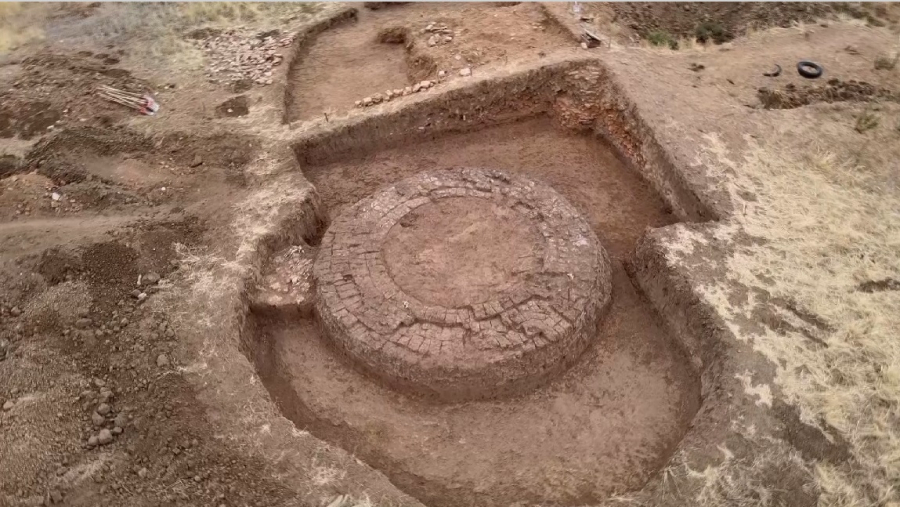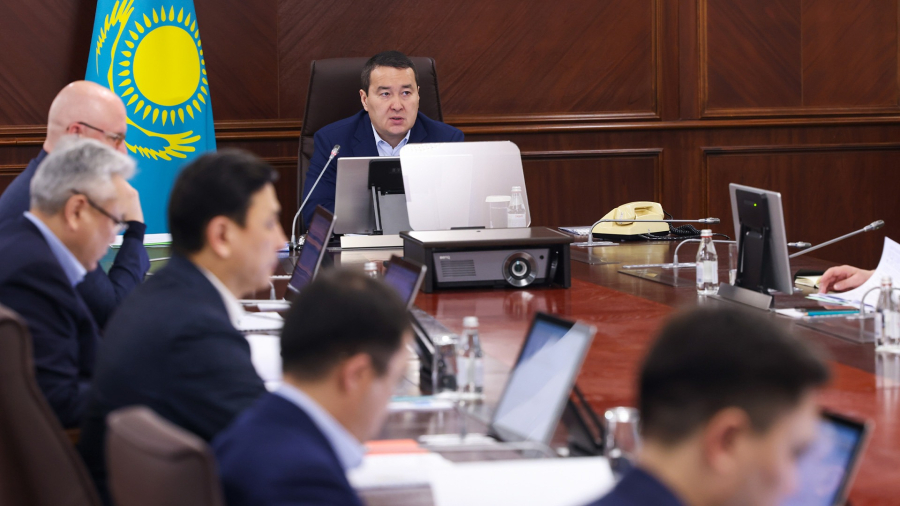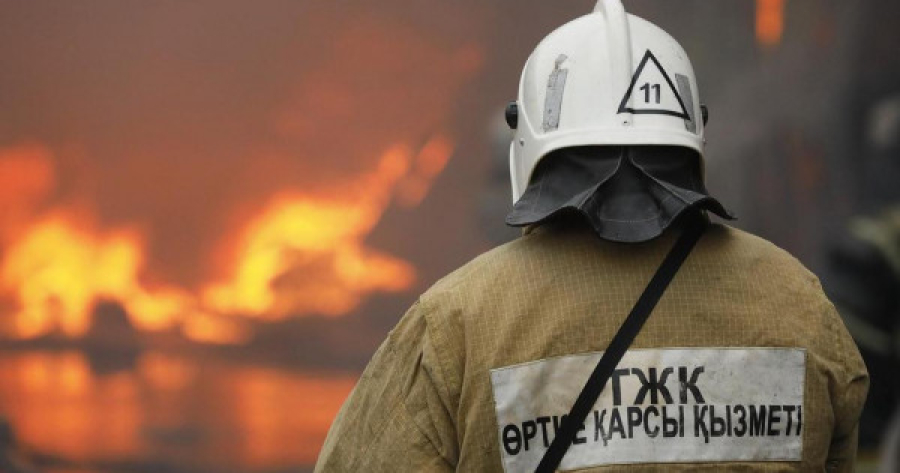Kazakh archaeologists find mausoleum of Golden Horde

A mausoleum of the Golden Horde era was discovered in Terekti district, West Kazakhstan region. The burial dates back to the 14th century. According to archaeologists, there are traces of a sedentary lifestyle. For example, burnt red brick shows the high skill of the builders of the middle ages. The found jewelry demonstrates the formation and development of the school of jewelry art. Other artifacts were also found in a building adjacent to the mausoleum. According to scientists, a tall man was buried in the mausoleum.
“Here we also found the bones of sacrificial animals, particularly, the remains of horses and sheep. Such findings help us understand how our ancestors lived. We saw all this in textbooks in school. Now we are excavating these artifacts ourselves,” said Askhat Bissengaliyev, archaeologist.
The almost square bricks are marked by the master with grooves – lines, stripes, circles. Thus, they were sorted for the tiles for different zones before roasting – for the foundation, floor, walls and dome. In general, over the years of independence, regional archaeologists have discovered and studied about 2,000 historical monuments.
“Sensational finds were discovered. These are priceless monuments of history. Among them are entire cities, mounds and mausoleums. I think that all this is the contribution of archaeologists to the 30th anniversary of Kazakhstan’s independence,” said Yana Lukpanova, researcher, Museum of Local History, West Kazakhstan Region.
Earlier, the “Taksai” mound complex that was found in Terekti district entered the list of sacred places of Kazakhstan. Now this mausoleum will be under state protection as well.
Translation by Saniya Sakenova
Edited by Saule Mukhamejanova









